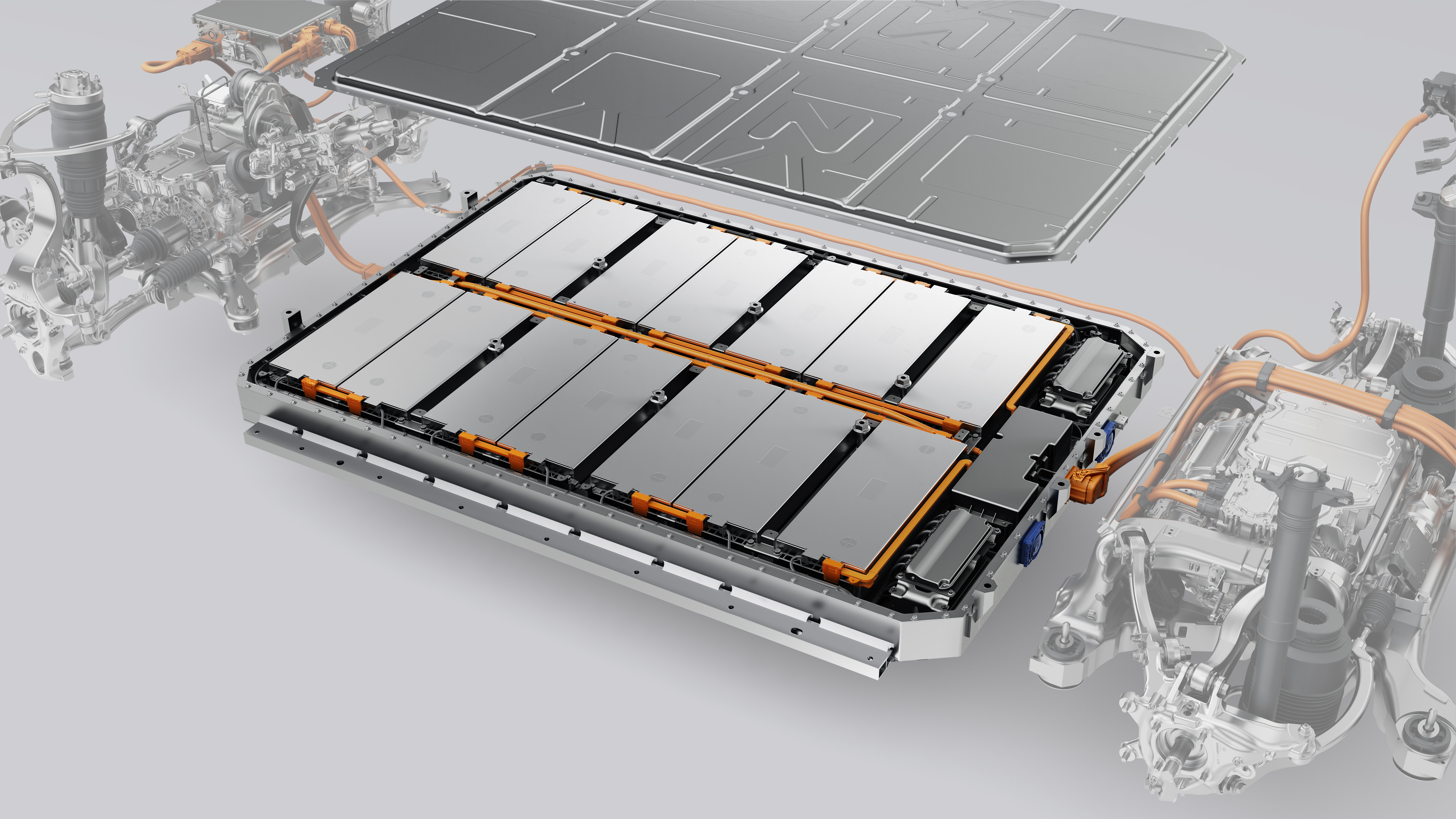
 English
English  Español
Español Português
Português русский
русский Français
Français 日本語
日本語 Deutsch
Deutsch tiếng Việt
tiếng Việt Italiano
Italiano Nederlands
Nederlands ภาษาไทย
ภาษาไทย Polski
Polski 한국어
한국어 Svenska
Svenska magyar
magyar Malay
Malay বাংলা ভাষার
বাংলা ভাষার Dansk
Dansk Suomi
Suomi हिन्दी
हिन्दी Pilipino
Pilipino Türkçe
Türkçe Gaeilge
Gaeilge العربية
العربية Indonesia
Indonesia Norsk
Norsk تمل
تمل český
český ελληνικά
ελληνικά український
український Javanese
Javanese فارسی
فارسی தமிழ்
தமிழ் తెలుగు
తెలుగు नेपाली
नेपाली Burmese
Burmese български
български ລາວ
ລາວ Latine
Latine Қазақша
Қазақша Euskal
Euskal Azərbaycan
Azərbaycan Slovenský jazyk
Slovenský jazyk Македонски
Македонски Lietuvos
Lietuvos Eesti Keel
Eesti Keel Română
Română Slovenski
Slovenski मराठी
मराठी Srpski језик
Srpski језик
The development trend of car precision stamping dies and metal structural parts industry
2023-11-17

① Flexible and intelligent production
At present, the production of automotive stamping production is increasingly produced in production scale, multi -model co -production, and the large -scale and integrated car coverage of automobile coverage. The rigid production line of a single variety of traditional processing is obviously not adapted to the requirements of the development of the market situation. In recent years, with the development of communication servo motor driving forming equipment technology, various AC servo driver pressure machines that can be adjusted by slider motion curve have emerged, which has greatly improved the working performance and process of pressure machines. The development of intelligent direction meets the needs of fast stamping automation production lines. In addition, with the continuous maturity of the automotive industry and the continuous improvement of product quality, automotive component stamping and forming technology will continue to develop in the direction of high -precision, multi -function, energy saving and emission reduction.
② The division of labor in the industrial chain is clear
With the rapid development of the car consumer market, consumers are pursuing diversification and personalization. OEMs need to produce more models and accelerate model updates to meet market demand. The acceleration of the new car development and the remodeling of the old car makes the requirements for components more complicated and diverse, so that it is more inclined to peel off the operations such as stamping to the relevant component suppliers, and it focuses on model design and development. Parts suppliers assume more research and development functions such as component production technology innovation, research and development of plate forming technology, material performance testing and testing for the entire vehicle manufacturer. The vehicle manufacturer stripped the parts such as car stamping and other components, which responded rapidly to the renewal of the model, and brought opportunities for component suppliers to design capabilities and can synchronize with vehicle manufacturers.
③ The upstream and downstream collaboration of the industrial chain is closer
Auto parts production enterprises need to have the ability to develop simultaneous development, processing technology, and large -scale delivery capabilities. In this context, the collaboration between automotive component companies and downstream vehicle manufacturers has been deepened, and the cooperation model has been evolved. The cooperation between parts and component companies and upstream suppliers will also be closer, and timely sharing through production plans and coordinating arrangements for raw material inventory will improve their delivery capabilities and competitiveness. For example, the enterprise of stamping parts can be united with mold and component welding enterprises to form a company combined with a mixer welding, forming a complete industrial chain from mold development to part production to assembly supply, integrate technical business resources, broaden business scope , Strengthen the ability to develop independent product development and enhance the ability to resist market risks.


